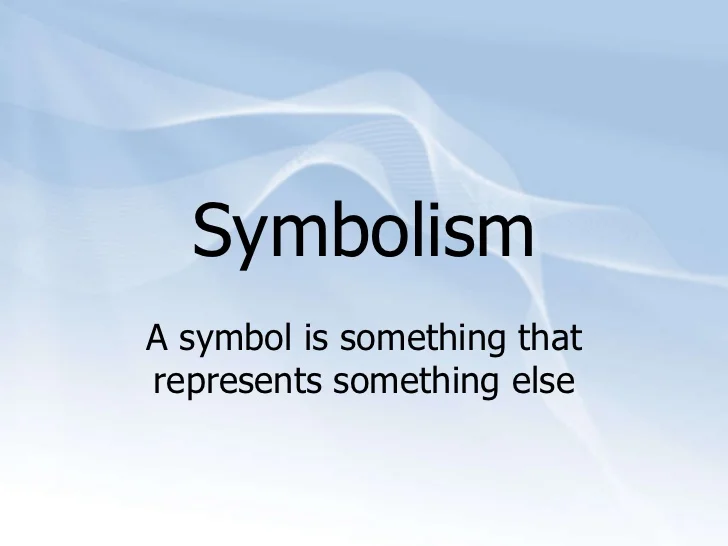
Symbolism and meaning enhances and adds layers to a literary work or any kind of writing, and while traveling, it’s important to be aware of and recognize any type of objects that could potentially be viewed as symbols in the environment.

In
many of my past travels, I was able to identify various symbols. For instance,
at Carrie Furnace, the gigantic deer head made of materials from the site was a
symbol of art, and the beginning of bringing art into the area, welcoming the
graffiti artists into the environment. At the Strip District, the church could
be a symbol of solitary peace in the midst of the chaotic hustle and bustle in
the city. At Schramm’s Farms and Orchids, the corn-maze could represent the
search through the maze of the pumpkins for that just-right pumpkin to take
home. At the Westmoreland Art Museum, the art could represent confusion
depending on the viewer, and perhaps a particular one represents greater
understanding.
Even when experiencing every day life, you
could find a symbol if you merely make yourself aware and more conscientious.
What symbol could you find in your every day life? What does it mean, and how
does it affect you?
In my writing, I love finding objects that I
didn’t realize were symbols before. As mentioned in “On Writing” by Stephen
King, it’s best to write the story first and see what kind of artifacts you can
dig around to see if they are potential symbols, instead of forcing things to
be a symbol.
When I wrote one of my memoir’s, “A True Love Story,” I found many symbols throughout the story. For instance, I was playing a video game, “Left 4 Dead 2,” with an old best friend. Since it was a book about cheating, and the chapter heavily focused on cheating, the game title symbolized how a partner can cheat and leave the partner without a moment’s notice, essentially making that partner feel he or she was “left for dead!” And when I recognized that, I found another video game title, “Army of Two,” which I felt symbolized my friendship with my friend, then I thought, What if it was “Army of One?” which would symbolize what it felt like overcoming the relationship problems, and my life overall in general.
When I wrote one of my memoir’s, “A True Love Story,” I found many symbols throughout the story. For instance, I was playing a video game, “Left 4 Dead 2,” with an old best friend. Since it was a book about cheating, and the chapter heavily focused on cheating, the game title symbolized how a partner can cheat and leave the partner without a moment’s notice, essentially making that partner feel he or she was “left for dead!” And when I recognized that, I found another video game title, “Army of Two,” which I felt symbolized my friendship with my friend, then I thought, What if it was “Army of One?” which would symbolize what it felt like overcoming the relationship problems, and my life overall in general.
All writers should keep in mind how
symbolism can not only add meaning and value to the audience, but also to the
writer, the person experiencing it.



